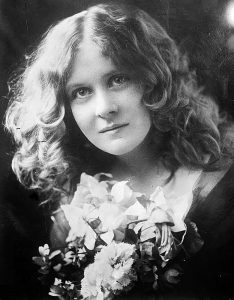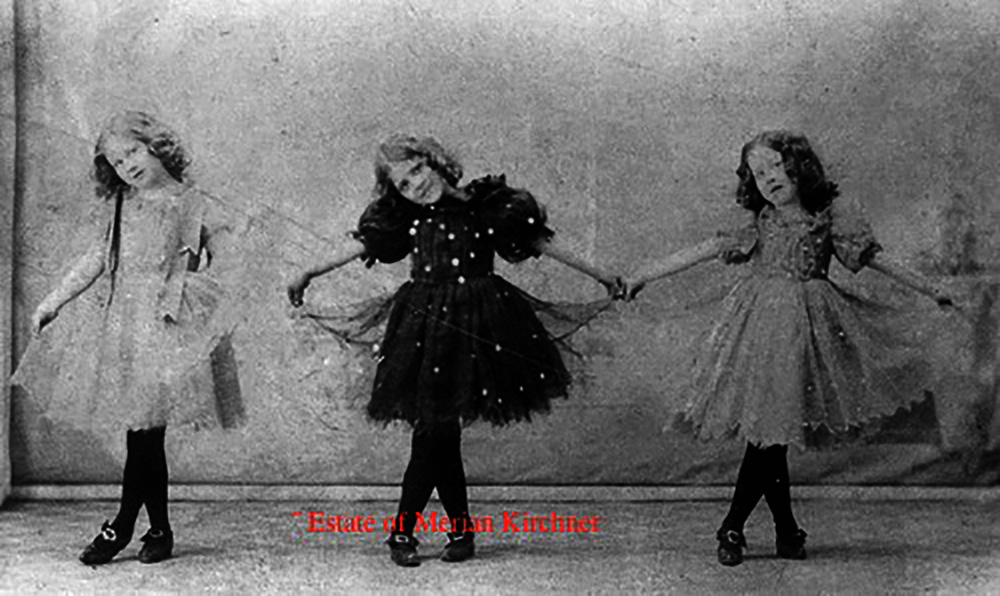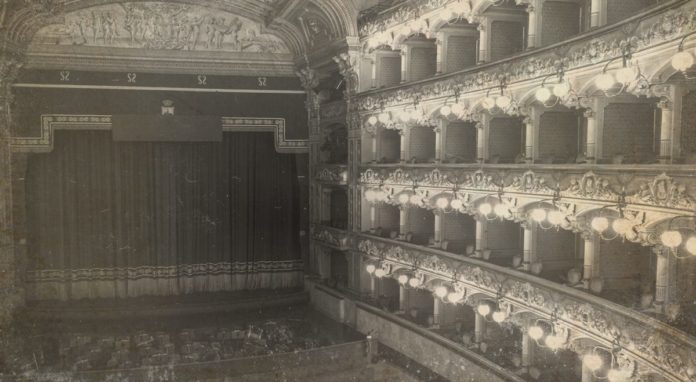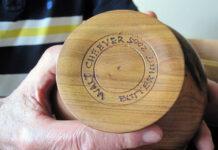Just over 130 years ago, a girl was born who would make a significant contribution to Mankato’s musical reputation. Florence Macbeth, born in Mankato on January 12, 1889, would grow up to become a famous opera singer, making her debut with the Chicago Opera Company on January 14, 1914.
Florence was the only child of Charles and Alice (Monfort) Macbeth, who lived at 326 South Broad Street. Her father was a partner in a meat market business on North Fourth Street.
Growing Up in Mankato

At the age of three, Florence heard her first light opera, “The Fencing Master,” with Marie Tempest. From that day on she dreamed of being on stage.
Flossie, as she was called by her friends, attended the Union School on North Broad Street.
Her first music teacher was Nettie Snyder, who had moved to Mankato when her husband Fred leased the Saulpaugh Hotel. As reported by the Mankato Daily Review, Mrs. Snyder was interested in art and music and had a reputation for rare musical ability. She established the hotel as one of the centers of cultural life in the community, and opened a voice studio there.
In a 1914 interview, Mrs. Snyder recalled, “I’ll never forget the first time I saw Flossie. Her father came to me, leading a little girl, and said, ‘Mrs. Snyder, here’s a little girl we think can sing. Won’t you listen to her?’ She had on a little plaid kilted skirt that came to her knees, for she was only 11 years old then. She sang, and she sang high F, I might add, as perfectly then as she sings it now.”
I’ll never forget the first time I saw Flossie…. She sang, and she sang high F, I might add, as perfectly then as she sings it now.
Florence attended St. Mary’s Hall, a girls’ school in Faribault, from the age of 13 until her graduation in 1909. She was planning to attend Wellesley College in Massachusetts before beginning her musical career; however, her plans changed when, on a college visit to Wellesley, the noted voice instructor Yeatman Griffith heard her sing and said “let me have this voice—now!” Florence and her parents agreed, so she went to Pittsburgh and began an arduous process of voice training.
A Star Is Born
After two years of study, Mr. Griffith took her to Italy to study the language and customs of the country. She made her professional debut at The Hague in Holland in July 1912, with the Lamoreaux Orchestra of Paris, and the young coloratura soprano thrilled the audience with her rendition of the Cavatina from The Barber of Seville. She soon became an international success, performing in many European cities including Berlin, Budapest, and Vienna, as well as in London with the London Symphony Orchestra at Queen’s Hall.
In a 1952 I Remember Mankato article for the Mankato Free Press, Florence wrote, “The Hague was not my first public appearance. I have a picture of Eleanor Wood Lippert, Kathleen Hart Foster and myself, each done up in crinoline and spangles. As I recall this was a performance put on by Mother Pat (Mrs. H. A. Patterson) who did so much for music in Mankato. What roles the three of us played I cannot remember, but we look very elegant in our spangles.”

On January 14, 1914, Florence made her American debut as the Prima Donna Coloratura Soprano with the Chicago Opera Company, starring for six years in Rigoletto.
The Chicago Herald Examiner declared her “one of the greatest of all coloraturas.” She was also in demand as a concert singer across the country.
Dreaming Dreams That Came True
As busy as she was, Florence occasionally found time to come back to her hometown of Mankato and sing with the Orpheus Club, Mrs. Patterson’s chorus, and even the Elks Club Band. Newspaper headlines referred to her as “Mankato’s Song Bird” or “Minnesota’s Nightingale.”
In 1922 Florence married Captain Edward Whitwell of the Royal Air Force. A throat infection forced her to leave the stage for a year in the 1930s, and when she recovered the Chicago Opera had gone bankrupt, so she began singing with other opera companies including the St. Louis Opera.
The place where I was born, where I dreamed dreams that came true, and where, when my time comes to pass, I shall come to sleep near dear ones and dear friends, and that is a serene comfort.
In 1936 she spent time in Mankato during her mother’s illness. Following the funeral, she returned to New York to find her husband had suffered a stroke and needed constant care. They moved to California, where he died in 1942. The couple had no children.
Florence remained in California and taught piano and voice lessons. At a tea party, she met the novelist James M. Cain, author of The Postman Always Rings Twice and her devoted fan. They married in October 1947. Later they moved to Hyattsville, Maryland, where Florence began having health problems that kept her home bound for nearly 15 years before her death on May 5, 1966. She is buried in the Macbeth family plot in Glenwood Cemetery in Mankato.
Coming Home
Macbeth was the childhood friend of Mankato’s literary daughter, Maud Hart Lovelace. Both women left to follow their dreams and both carried such fond childhood memories of their hometown that they requested to be buried in Mankato.
“It is all home, the place where I was born, where I dreamed dreams that came true, and where, when my time comes to pass, I shall come to sleep near dear ones and dear friends, and that is a serene comfort,” she wrote in 1952.




